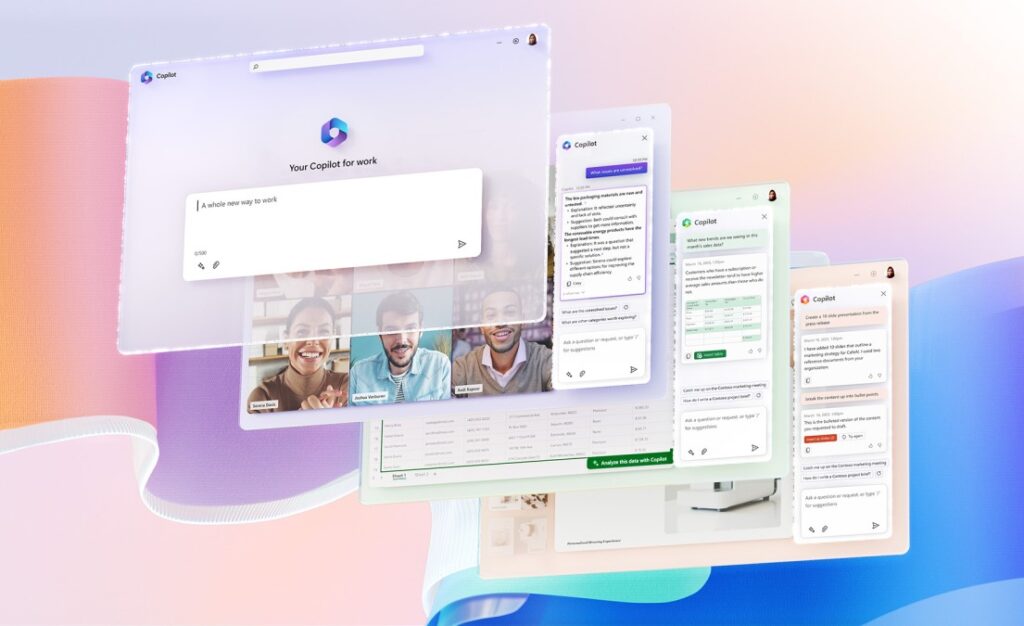Office applications have evolved from simple tools for word processing to comprehensive suites that empower users with a diverse range of functionalities. From managing data in spreadsheets to creating captivating presentations, the potential of office applications is vast and transformative. This article explores the evolution and versatility of office applications, highlighting their impact on various aspects of work and productivity.

- Spreadsheets: Beyond Numbers and Formulas: Office applications, particularly spreadsheet software like Microsoft Excel or Google Sheets, have transcended their original purpose of managing numerical data. Advanced functionalities now enable users to perform complex calculations, create interactive charts, and even analyze data using built-in or custom formulas.
- Word Processing: Crafting Documents with Precision: Word processing applications, such as Microsoft Word or Google Docs, have become essential for creating and formatting documents with precision. Features like spell-check, styles, and collaboration tools have transformed the way content is generated and refined in the digital era.
- Presentations: Captivating Audiences with Visuals: The evolution of office applications includes powerful presentation tools like Microsoft PowerPoint and Google Slides. These platforms go beyond simple slideshows, offering features for dynamic animations, embedded multimedia, and collaborative editing, enabling users to captivate audiences with visually compelling presentations.
- Collaboration Platforms: Real-Time Teamwork: Modern office applications emphasize collaboration, allowing multiple users to work on the same document simultaneously. Real-time collaboration features enable teams to edit spreadsheets, documents, and presentations together, fostering efficient teamwork irrespective of physical locations.
- Cloud Integration: Anytime, Anywhere Access: The integration of office applications with cloud platforms has revolutionized accessibility. Users can create, edit, and share documents from any device with an internet connection, ensuring seamless productivity and collaboration regardless of location.
- Advanced Formatting and Design: Polishing Visual Appeal: Office applications now offer advanced formatting and design capabilities. Users can create professional-looking documents and presentations with customizable styles, themes, and templates, enhancing the visual appeal of their content.
- Database Management: Organizing Information Effectively: Database management tools within office suites, like Microsoft Access, empower users to organize and manipulate vast amounts of data. These tools streamline data entry, retrieval, and reporting, providing a comprehensive solution for information organization.
- Task and Project Management: Streamlining Workflows: Some office applications extend their reach into task and project management. Integration with project management tools or built-in features allows users to create, assign, and track tasks within the same platform, streamlining workflows and enhancing productivity.
- Automation and Macros: Boosting Efficiency: Automation features and macros in office applications automate repetitive tasks, boosting efficiency. Users can record and run macros to perform sequences of actions, saving time and reducing the risk of errors in complex processes.
- Integration with External Tools: Extending Functionality: To unleash their full potential, office applications often integrate with external tools and services. Whether connecting to third-party analytics tools, CRM platforms, or collaborative platforms, this integration extends the functionality of office applications, adapting them to diverse business needs.
Conclusion:
From the simplicity of word processing to the complexity of database management, office applications have evolved into versatile suites that cater to the multifaceted needs of modern work environments. The potential of these applications extends far beyond traditional uses, empowering users to create, collaborate, and manage information in ways that were once unimaginable. As technology continues to advance, the evolution of office applications is set to redefine how we approach work, collaborate with teams, and unleash the full potential of our creative and analytical capabilities.

